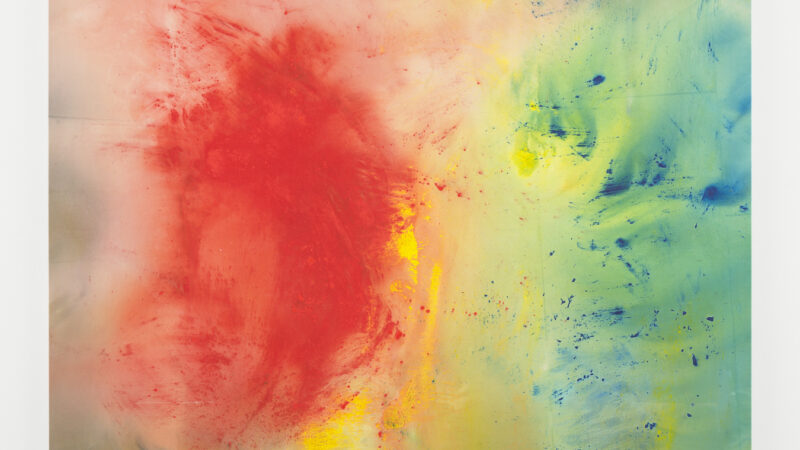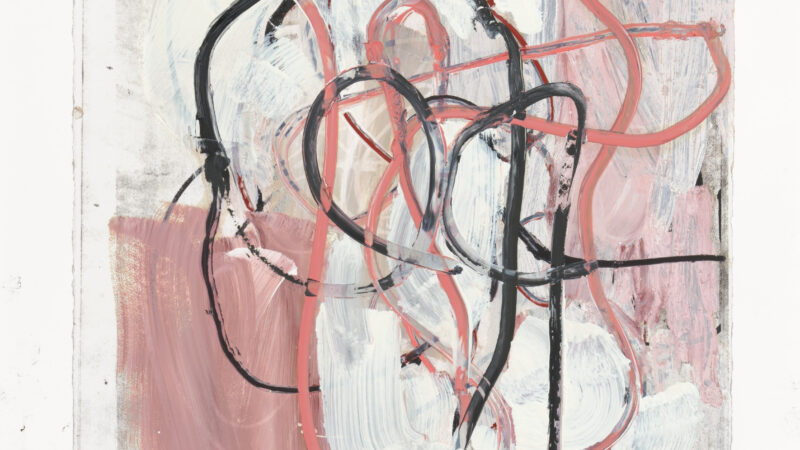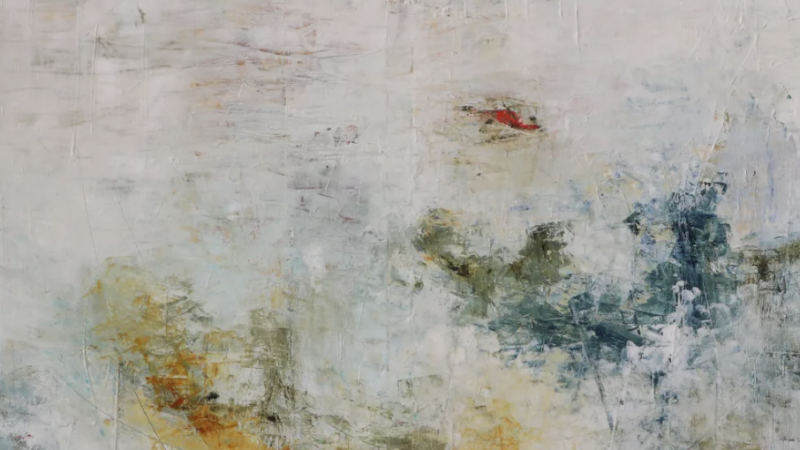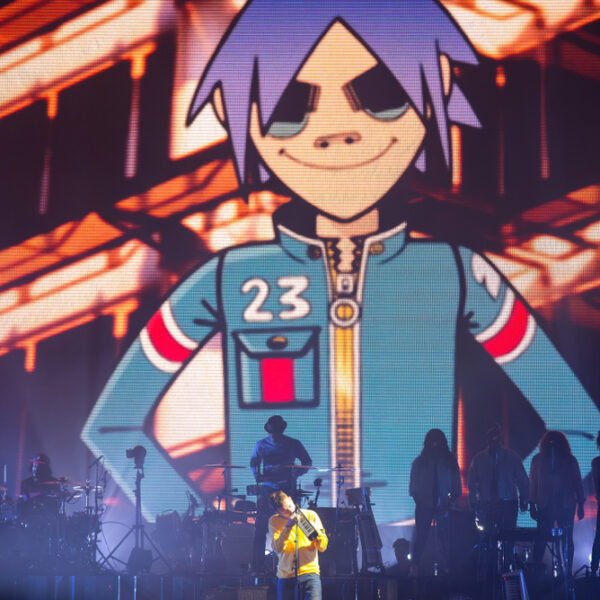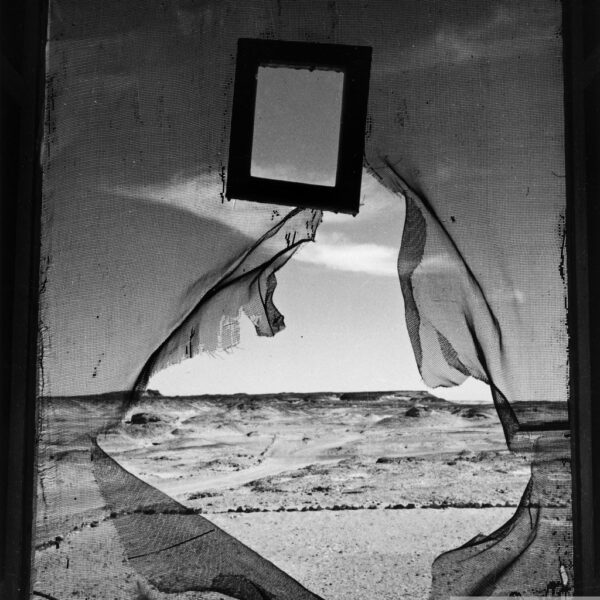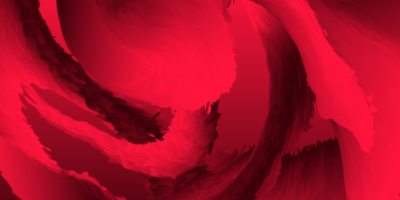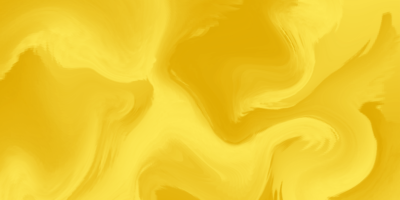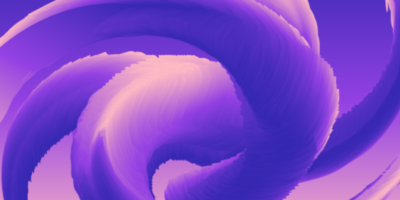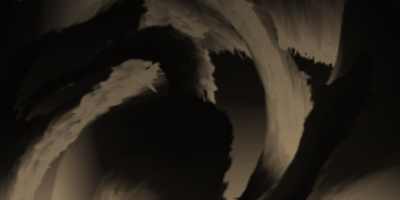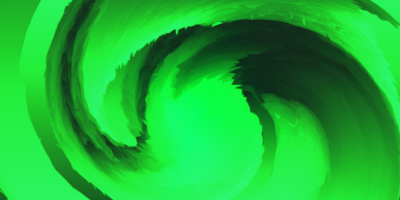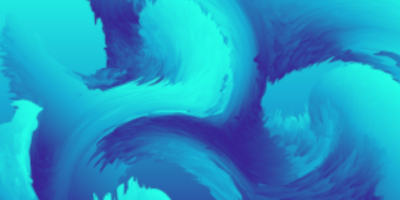Interactive Art Comes Alive at ‘Solid Light’: An Exhibition of Anthony McCall’s Immersive Works
Step into a realm where your movements and interactions bring art to life in “Solid Light,” an exhibition dedicated to the captivating works of Anthony McCall.
In this exhibition, beams of light are projected through a fine mist, forming large three-dimensional shapes in the air that gradually transform. As you move within these ethereal light sculptures, you’ll create new configurations and uncover your own mesmerizing perspectives.
Straddling the line between sculpture, cinema, drawing, and performance, McCall is celebrated for his groundbreaking light installations. His seminal 1973 piece, Line Describing a Cone, revolutionized the concept of sculpture, and this exhibition continues to push the boundaries of artistic expression.
McCall’s artistic journey began in the early 1970s within London’s independent film scene. Tate Modern’s exhibition showcases photographs and film footage from his initial performances, notably the influential Landscape for Fire (1972). This piece features a meticulously orchestrated outdoor sequence where members of the art collective Exit ignite fires in a geometric grid, set against a backdrop of foghorns, wind, and burning sounds. By juxtaposing nature’s unpredictability with precise mathematical order, the work highlights McCall’s emerging fascination with shape and movement.
The exhibition also presents early pieces like Room with Altered Window (1973), reflecting McCall’s growing interest in light and architectural interventions.
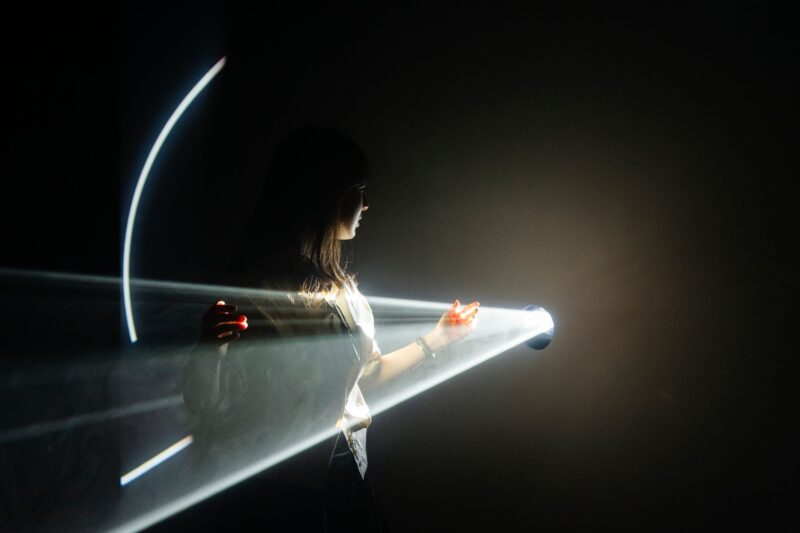
Anthony McCall installation view of Doubling Back, 2003, Tate Modern, 2024. Photo © Tate (Josh Croll)
In the late 1970s, McCall stepped away from creating art, only to return at the dawn of the new millennium, drawn by the potential of emerging technology. Haze machines enhanced the visibility of his works by adding mist to the air, giving the solid light pieces a more tangible quality. Digital projectors unlocked new possibilities, freeing McCall from the constraints of the 4:3 aspect ratio of analog projectors. This allowed him to explore more intricate forms, using ‘travelling waves’ to shape pockets of space within his solid light creations.
The exhibition features Doubling Back (2003), McCall’s pioneering work that reimagined the solid light concept for the 21st century. Face to Face (2013) further advances these possibilities, with its interlocking projected forms enabling viewers to see the form’s footprint while looking at both the projector and the screen.
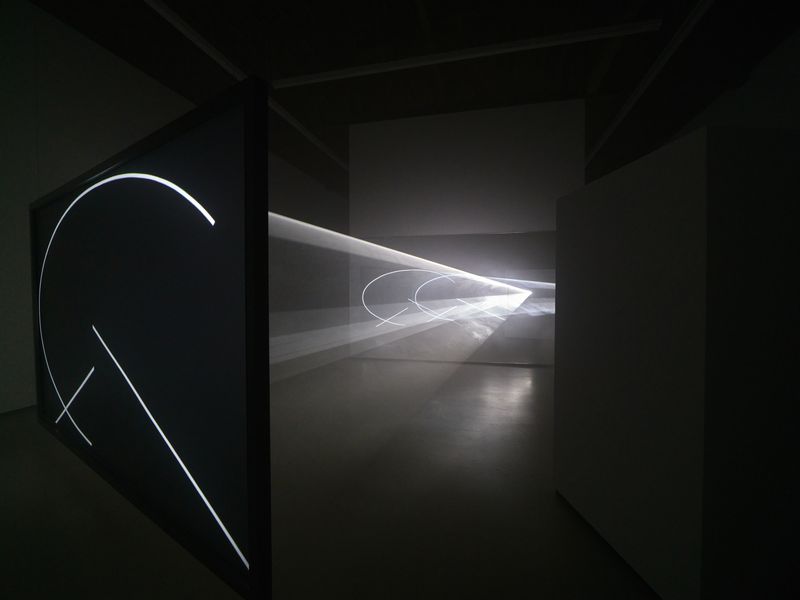
Anthony McCall, installation view of Split Second Mirror III, Sean Kelly, 2023. Photo Brica Wilcox
The exhibition culminates with one of McCall’s latest pieces, Split-Second Mirror (2018). This work uses a mirror to interrupt a plane of light, making it perhaps McCall’s most visually intricate piece to date, continuing his exploration of reinterpreting sculptural space through cinematic techniques.
The exhibition is free to members, and tickets are available to book now here.
Header: Anthony McCall, installation view of Face to Face, Sean Kelly, New York, 2013. Photo by Jason Wyche


